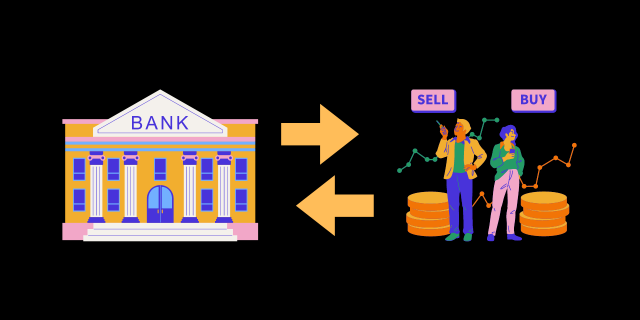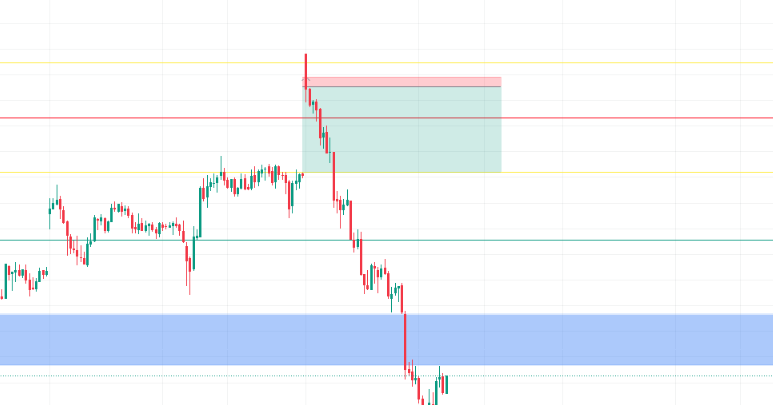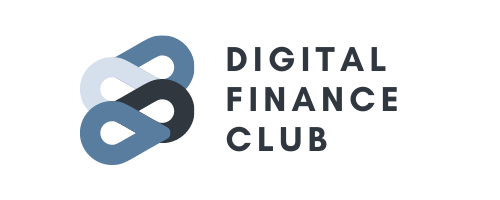Demat Account vs. Savings Account is one of the most basic yet useful concepts you need to understand to enter the trading and investing world. Trading in a real-time market is not child's play, and you must be clear with all concepts before starting trading and investing. This article will explain the essential differences between a Demat Account and a Savings Account.
Demat Account vs. Savings Account: How they work
A Demat Account holds a quantity of financial instruments you bought from the market. The whole point of holding a financial instrument over time is to capitalize on its price appreciation and earn profits. However, you also have the risk of loss if the price depreciates from its current value.

It's important to understand that a Demat account can't work independently and depends on a Trading and a Savings accounts. A Trading account is used to buy and sell stocks and other financial instruments. After you buy a certain quantity of stock, the same will be held in your Demat account until you sell it.
To buy stocks and other financial securities, you will require funds, and that's where the Savings account comes into play. You will need to add funds to your Trading account from your Savings account. Sometimes, if you want to use the money earned in trading, you can withdraw the funds by transferring it from your Trading account to your Savings account.

On the other hand, a Savings Account is a direct way of saving a part of your income in the bank. There is no high risk involved in saving money in a Savings account. However, the money saved has less space to grow unless you add more money from your pocket. Even though the bank you open a savings account with pays some interest on your savings, it's way lower than what you can earn from the stock market.
A savings account works almost independently, and opening a savings account is the first step towards saving. Besides, almost all Savings accounts come with Recurring Deposit (RD), Fixed Deposit (FD) and Loan features.
Demat Account vs. Savings Account: Required Experience
If you are planning to open a demat account, you are looking forward to trading or investing in the Indian stock market. However, trading in the stock market involves high risk alongside high reward. What's important to understand is that stock trading is based on technical and fundamental analysis, unlike gambling, which is purely based on predictions, greed, and fear. Hence, you have to start with the right mindset. Before you can start trading, you must get yourself well-versed in technical analysis.

Trading without proper technical analysis would be making trading decisions based on greed and fear, which is just as terrible as gambling. Many people make this mistake and have to pay a heavy cost for that. Apart from technical analysis, you need to have a good money management plan to help you avoid overtrading and sustain in the market. Most importantly, you must strive to keep your capital intact because you can only trade as long as you have capital.
Is there a way to practice trading without money?
If you want to learn the stock market basics well, Paper trading is the way to go. What's most fascinating about paper trading is that it doesn't need you to put any money in line for trading. However, you can trade any financial instrument like any other trader in real-time. To start paper trading, you only need a Tradingview account, which is free. Besides, you need to know the Indian market timing from 9:15 a.m. to 3:30 p.m.

You can choose a suitable session and start trading. However, it's essential to trade based on your learnings and money management since you want to avoid developing any bad trading habits. Paper trading is done using the Long and Short position tools with a defined Stop Loss and a Target.
Where to learn the trading basics from?
There is ample free video and web content on the internet for learning trading and investing. If you are willing, you can learn a lot from these contents. However, it's also important to know what type of trading you are into in terms of mindset. Trading types can be Scalping, Day Trading, BTST, or Swing Trading.
As far as learning is concerned, you can start with learning Price-Action and Technical Indicators. Those looking to start with Options trading may need to learn Options Chain, PCR, etc.
What trading setup to choose?
Leaning basics and having the best technical setup are two different things. Once you learn the basics well, you must backtest various combinations of the technicalities you learned and see what works best for you. The process is called backtesting, and you can backtest your technical setups on historical data as well as real-time data through paper trading.
Unlike a Demat Account, a Savings Account doesn't need you to have any special experience. All that is required for opening a Savings account is the willingness to save a part of your income for financial stability. However, a systematic saving is always more effective.
Demat Account vs. Savings Account: Factors to Consider
Reliability is a factor that you will need to consider for a Demat Account or a Savings Account while choosing one. You must check if the platform you plan to choose has good reviews and a good track record.
Another factor to consider while choosing a Demat account is the AMC or the Annual Demat Account Maintenance Charges. You must compare and select a Demat Account with a reasonable AMC.
When choosing a Savings account, it's crucial to consider the RD and FD interest rates and Loan interest rates. Besides, you can compare the various Bank rates and choose the best for you.
You may also like to read: Zero Brokerage Demat Accounts.
Conclusion
I have walked you through the critical Demat Account vs. Savings Account points. I have explained how these accounts work and the factors you must consider when choosing a Demat account or a Savings account. You should now have excellent clarity on the Demat Account vs. Savings Account.

